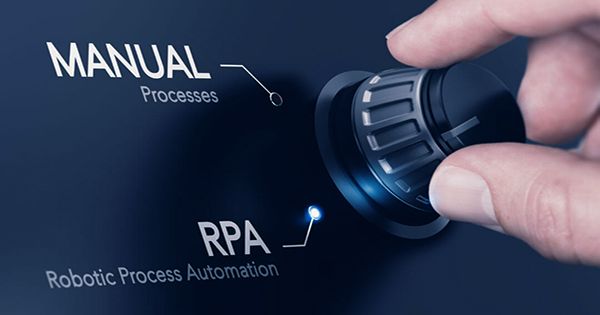Understanding what you will change is most important for achieving long-term and successful robotic process automation transformation. There are three pillars that will be most affected by change: humans, processes and digital workers (also known as robots).
The interaction of these three pillars determines the flow of work and performance and, if combined together, determines the success of an enterprise-wide digital transformation. Robots are not coming to replace us; they are coming to take repetitive, mundane, and monotonous tasks that we never like. They are here to transform the work we do by allowing us to focus on innovation and influential work. RPA decisions and actions are involved together.
It is the skeletal structure of a digital process that carries information from point A to point B. However, understanding what will happen next and taking decision-making power will be encouraged by the integration of RPA with AI. We see that software vendors embrace vertical technology capabilities and offer a wide range of skills to address the three pillars mentioned above.
These include powerhouses such as UiPath, which has recently been unveiled, Microsoft’s softmotiv acquisition, and Ceylon is, which recently became a unicorn with the $1 billion Series D round. RPA companies refer to it as “intelligent automation”, where the Ceylonis execution management system is targeted. Both aim to be a stop shop for all things related to the process. In the journey of intelligent automation, we have seen investments in different product segments for each level.
Its centralized business process reserves, executives to manage the pipeline, and artificial intelligence solutions for measuring the cost of benefits and processing intelligent documents. To make your transformation journey a success you need to develop a deep understanding of your goals, people, and process. From a strategic point of view, the success of automation, optimization, and redesigning measures should not be centered on metrics such as fully understood cost reductions or FTE reductions but should place people at the center.
To measure improved customer and employee experience, pay special attention to metrics such as reduction of throughput time or rebuild rate, identify late delivery vendors and request a loan from a person who has missed a late payment or makes a late repayment. These provide more targeted success for specific business units.
















